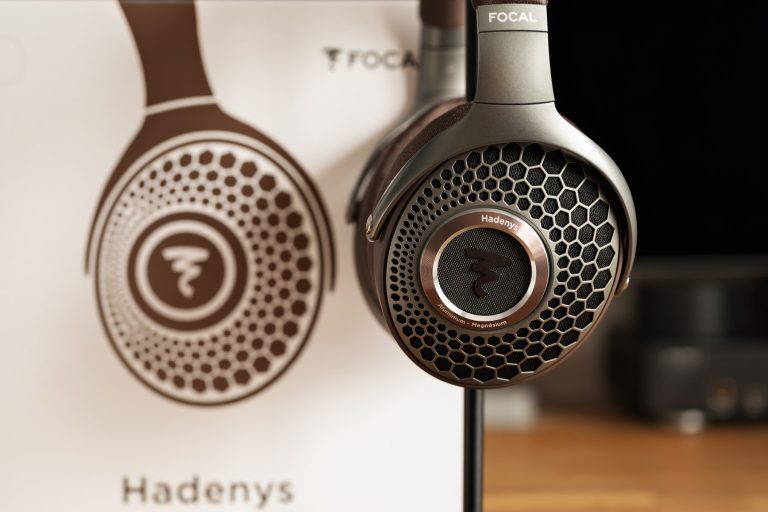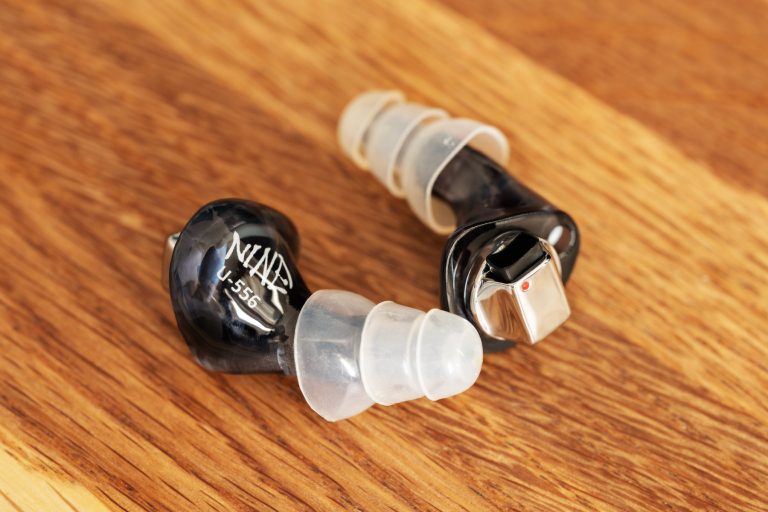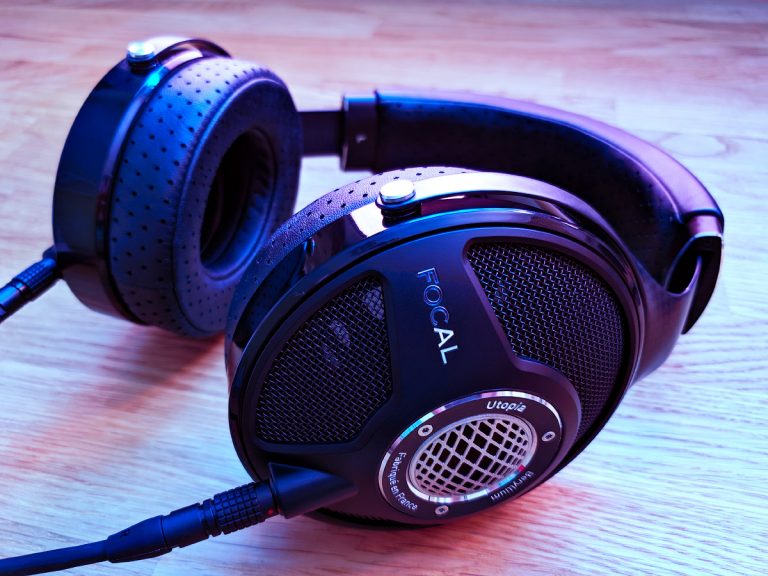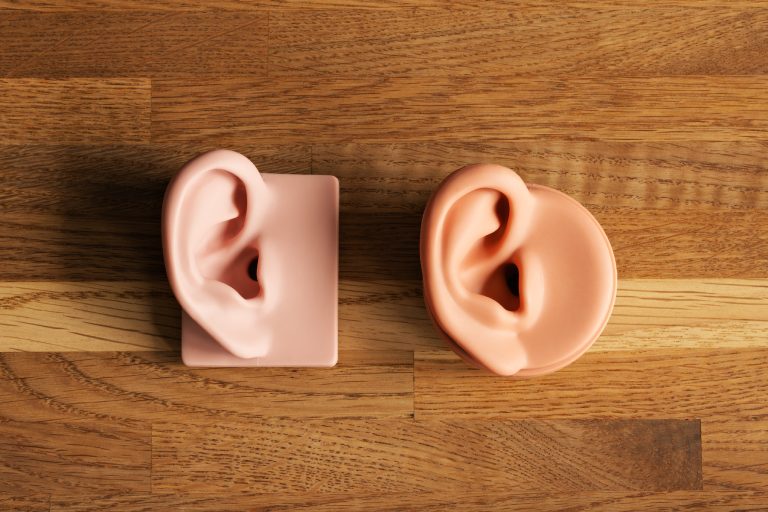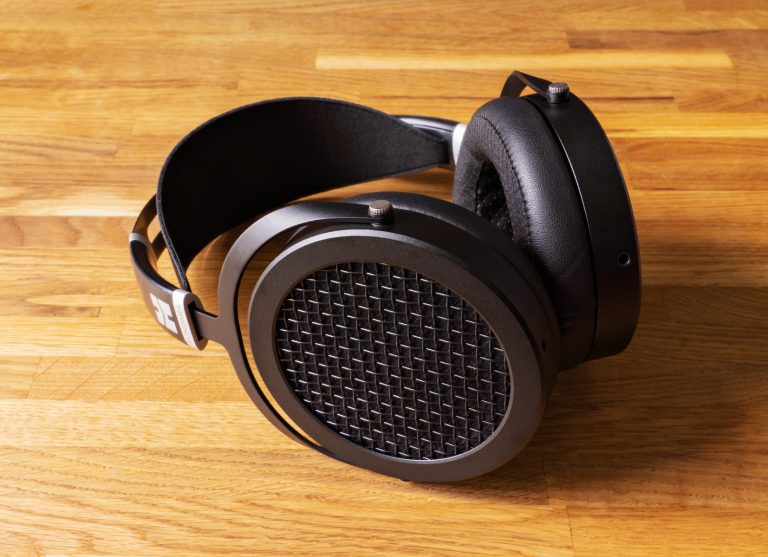CCA Rhapsody Review
All I knew about the CCA headphones (the KZ sub brand) before this moment was that they’re cheap. And if their in-ear models such as Moondrop range from some $18.99 and up to the incredible $2,799, then the cheapest CCA headphones cost $7.3, and the most expensive are available for $61.2. That being said, the CCA is a rather lowcost brand. Just so you know, the CCA stands for Clear Concept Audio. End of introduction.
The KZ company approached me and offered to write a review for them, and I didn’t refuse, as you can see, with my usual condition that they won’t be able to influence the review result. So! Here it is – the CCA Rhapsody in-ear wired hybrid headphones costing $42.
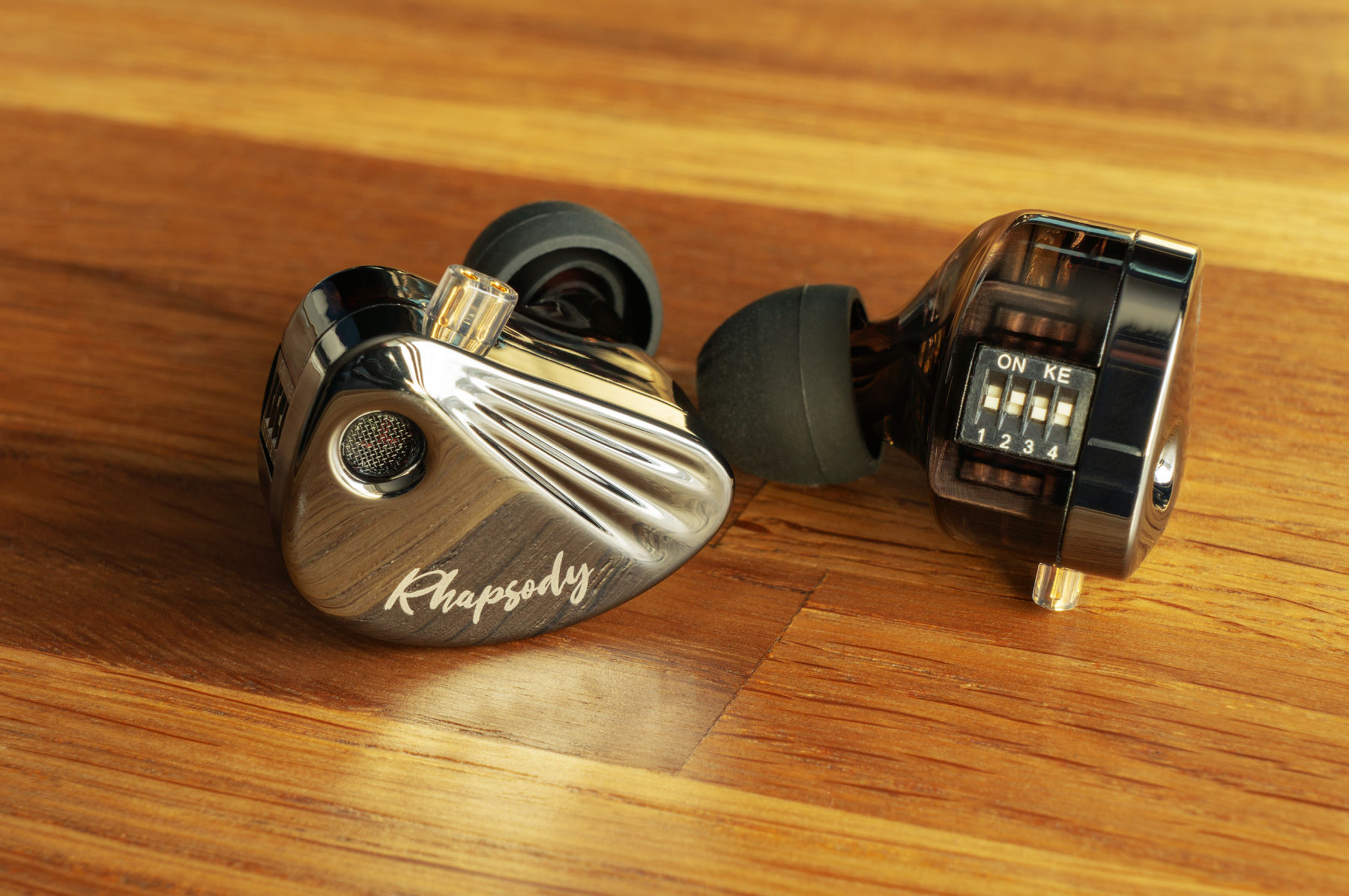
What’s included
The headphones come in a small, barely decorated cardboard box.
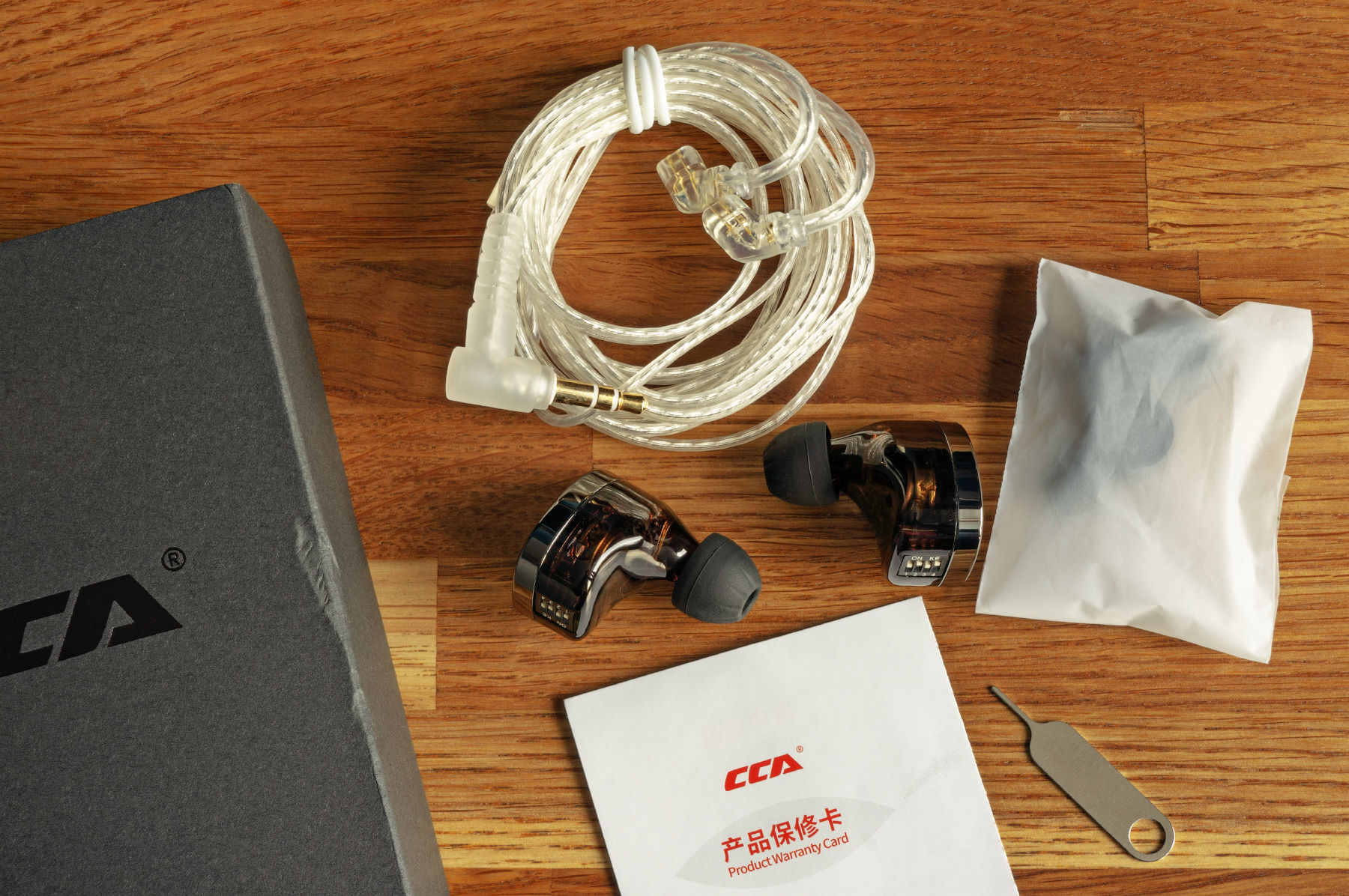
Here’s what’s inside:
- the headphones themselves;
- a removable cable;
- two pairs of additional eartips;
- a microswitch relaying tool (I’ll cover the microswitches below);
- some papers.
The box is kinda fragile and is only suitable for the headphones to reach the user safely. Which isn’t a bad thing, you know – the box’ content does okay.
Design, assembly, technology
The Rhapsody have two interesting technical features.
The first being the number of drivers – there are 6 of those in each earpiece: 2 dynamic and 4 armature. The armature emitters used are the Knowles 31736, and the only thing known about the dynamic ones is that they’re 8 mm in diameter. The crossover is configured so that the armature emitters cover the high- and ultra-high-frequency ranges, and the two dynamic ones are responsible for the remaining frequencies.
The electronic components are stuffed inside the earpieces very tightly: it’s just a whole bunch of wires, sound ducts and emitters.
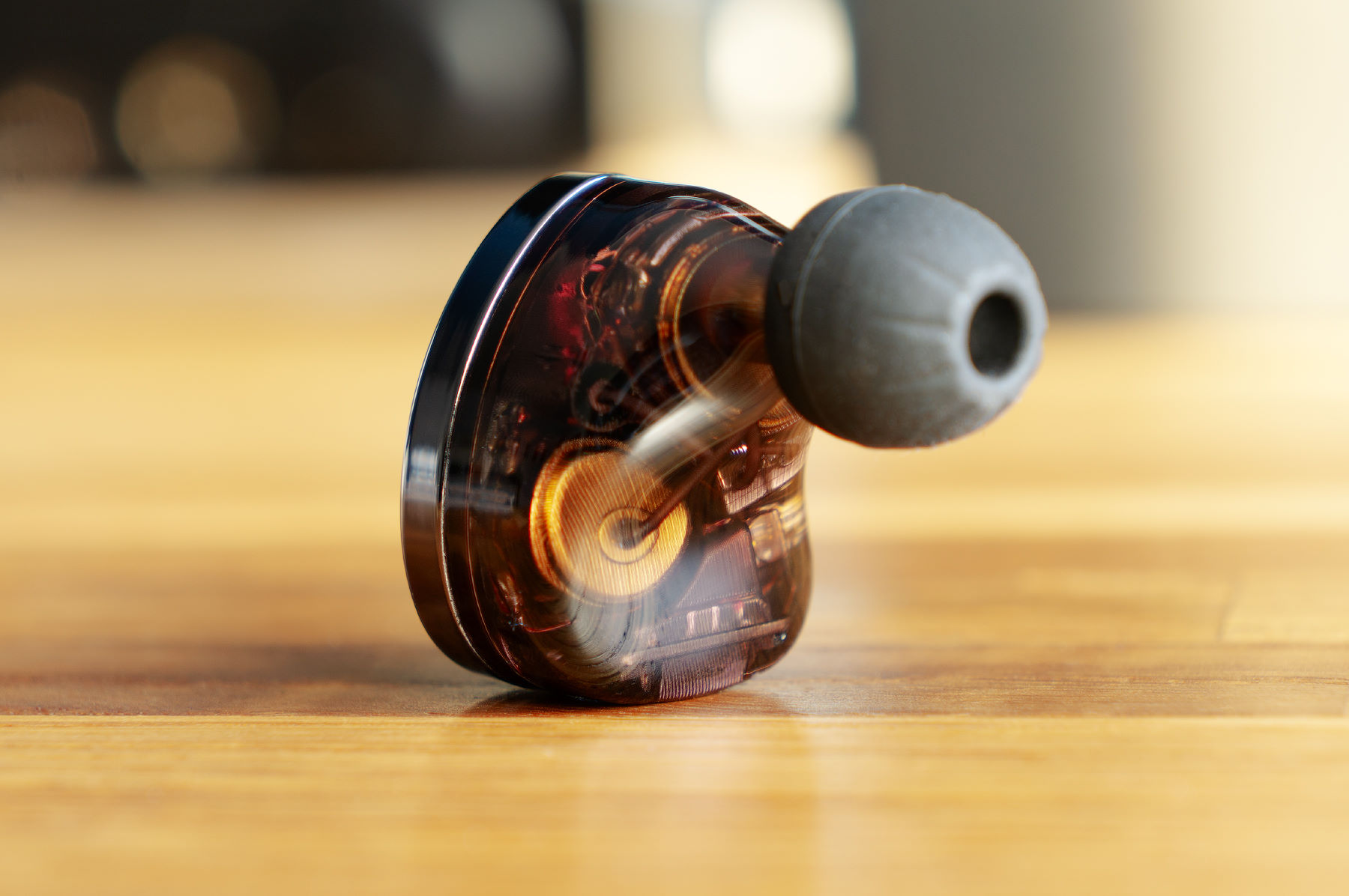
The second technical feature would be the possibility of hardware adjustment of the frequency balance using a block of two-position microswitches.
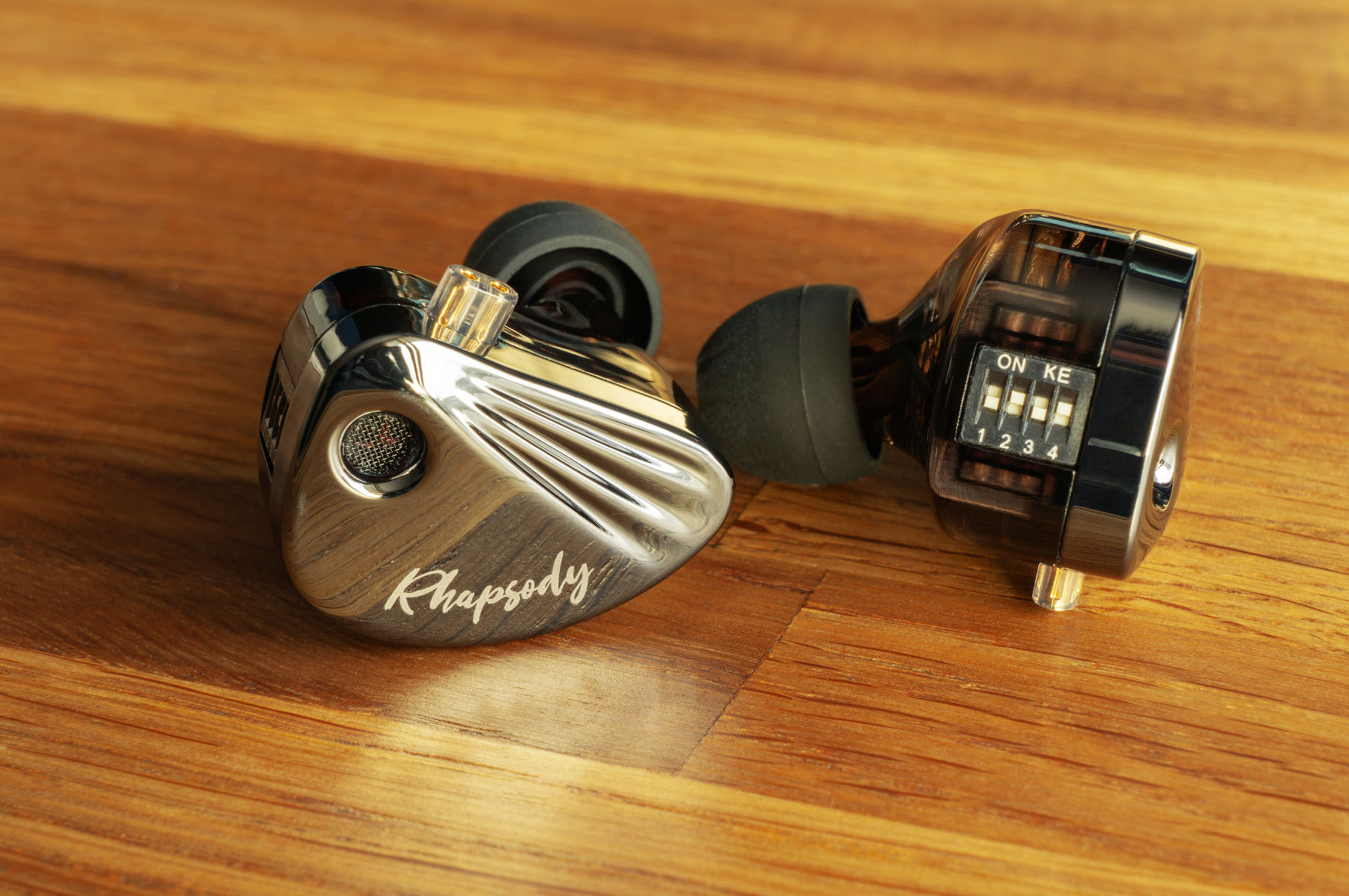
There are 4 switches, so 16 different combinations are available. And I’ll talk about the range areas they affect and to what extent they do it a bit later.
The earpieces themselves are 3D-printed, and the back plates are covered with metallized paint. On the outer surface, there’s a large mesh-covered compensation hole.
The sound ducts are also protected from any dirt or earwax.
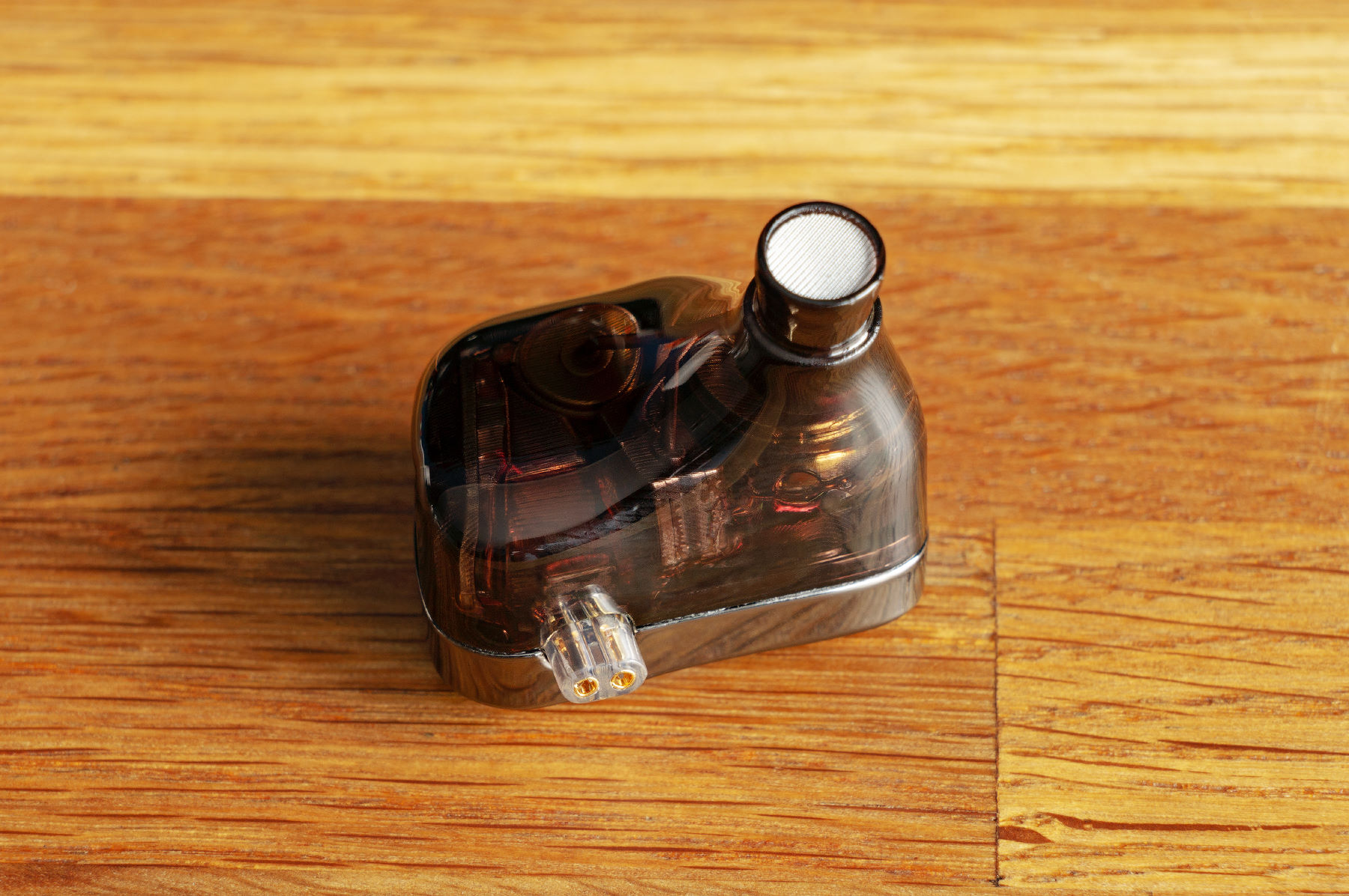
The cable. This is just a perfectly ordinary cable with a 3.5 TRS jack and 2-pin QDC connectors.
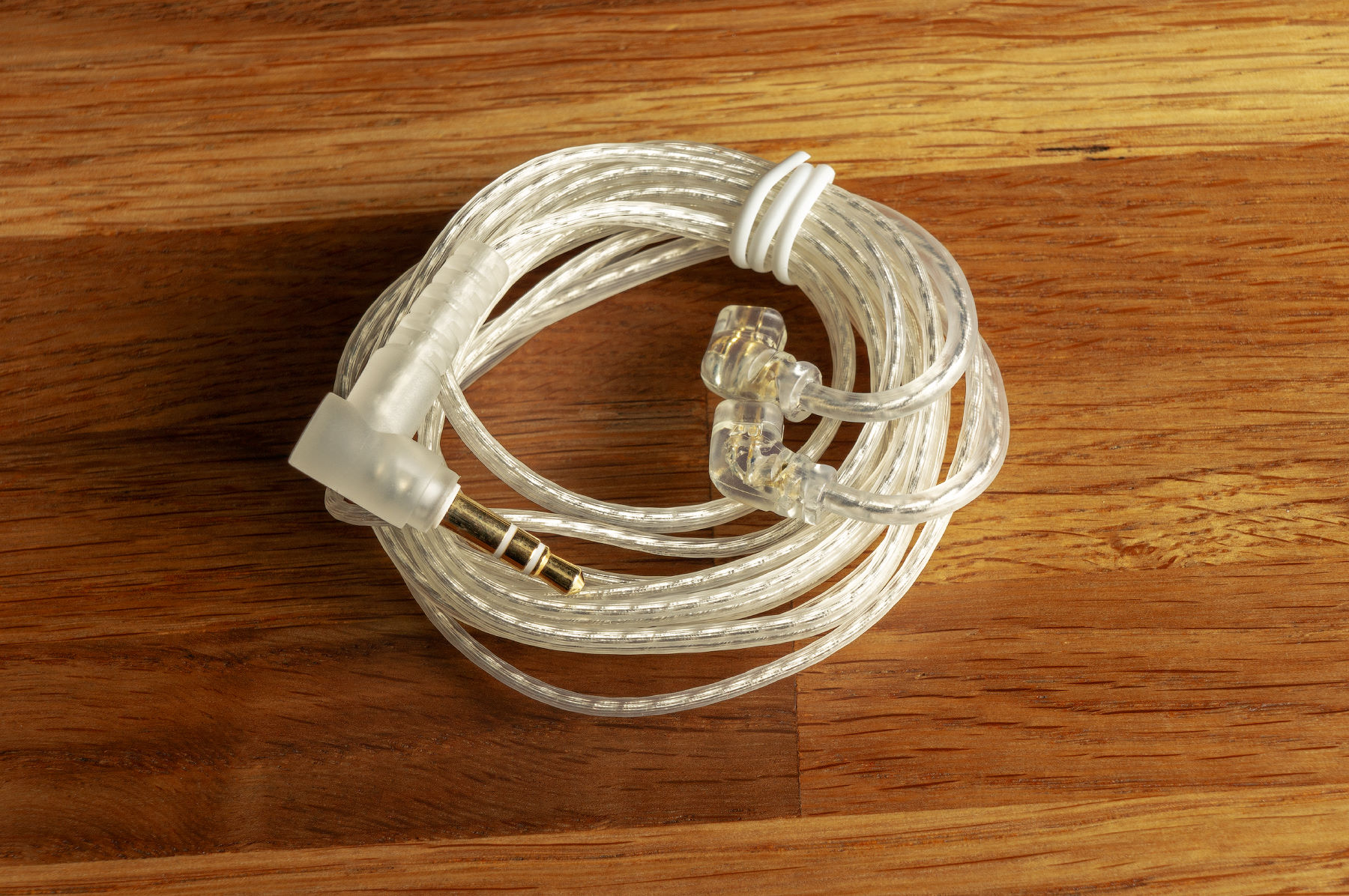
It’s really simple though neat. The translucent enclosures look cool, although the earpieces face outward with their mirror backplates when used.
Ergonomics
The earpieces have rather long sound ducts – however, they sit just great in (my) ears. No discomfort, no need to try and find a better position. You (I) just shove them in, and it’s all comfortable right away! Rare phenomenon, you know. Naturally, the enclosures protrude noticeably beyond the auricle, so you’d most certainly fail using them with a tightly fitting hat or even more so lying on your side.
And naturally, the mirror backplates attract as many fingerprint marks as they can: you just put them on the table, go do your business, then get back after an hour – and they’re all stained. All fingerprints in a 100m range will be on the backplates! Remotely! Quite impractical material choice, y’all. This is beyond my comprehension.
The eartips. These are the KZ Starline, and these are really good, versatile, fitting perfectly. I suppose, however, that the manufacturer’s changed their material: I’ve dealt with them some 4 years ago, and they didn’t seem to collect dirt at such a speed. The current ones attract EVERYTHING as quickly as they can. On the other hand, the new eartips are less slippery in the ear canal.
The microswitches. The switches are small and tight enough to make it inconvenient to manipulate them with even long enough nails, so for all us short-nail manicure fans, there’s an additional pin switch included. That is, the sound can be reconfigured all you want, but definitely not on the go – you’ll need to find a place to stop and do your tuning stuff.
And this concludes all I’d say about the ergonomics. The model is just… ergonomic enough: no great blunders found. The backplates are too easy to stain, and that’s it. I’d even say, it’s an excellent model in terms of ergonomics in general, you know.
Quick specifications overview
- Design: in-ear closed-back.
- Drivers: 2 dynamic + 4 armature ones.
- Impedance: 15-20 Ohms depending on the switch position.
- Sensitivity: 102 dB.
- Connectors: 2-pin QDC.
Measurements
The switches, again, can be set in 16 different combinations. Therefore, this time I’ll show you what I’ve measured, and then I’m going to talk about subjective impressions.
In the papers, 5 combos are described with a note in the lower right corner:
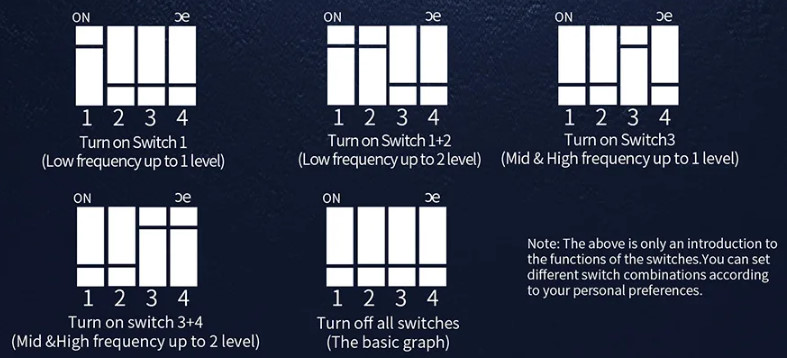
The headphones were connected to the RME ADI-2 DAC (IEM output). A measuring rig conforms to the IEC60318-4 standard. For each of the earpieces, the measurements were made until 3 reliable and stable measurements were obtained for the left and right channels; any deviant measurement results were excluded. The provided eartips were used for measurements. The smoothing is indicated on the graphs. For the info about rigs, graphs and headphones measurements, refer to my article.
I’ve honestly measured the Rhapsody frequency response for all the switch positions one by one. And here’s what we have:
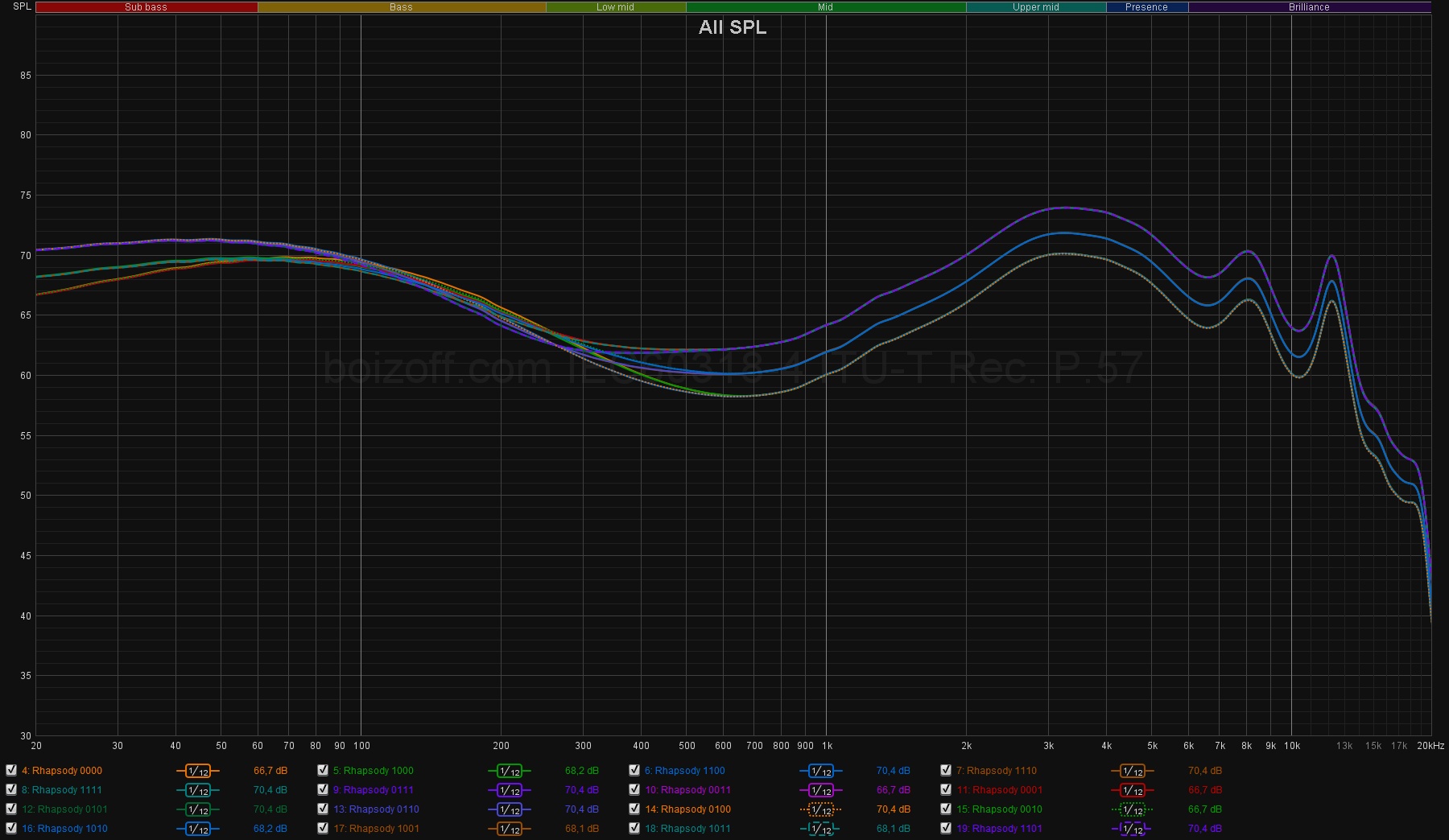
The picture is indeed beautiful, though gives almost zero info for there’s a whole bunch of curves, so I’ve divided them into groups.
The first group (6 of the best-sounding setups and the closest to the Harman curve)
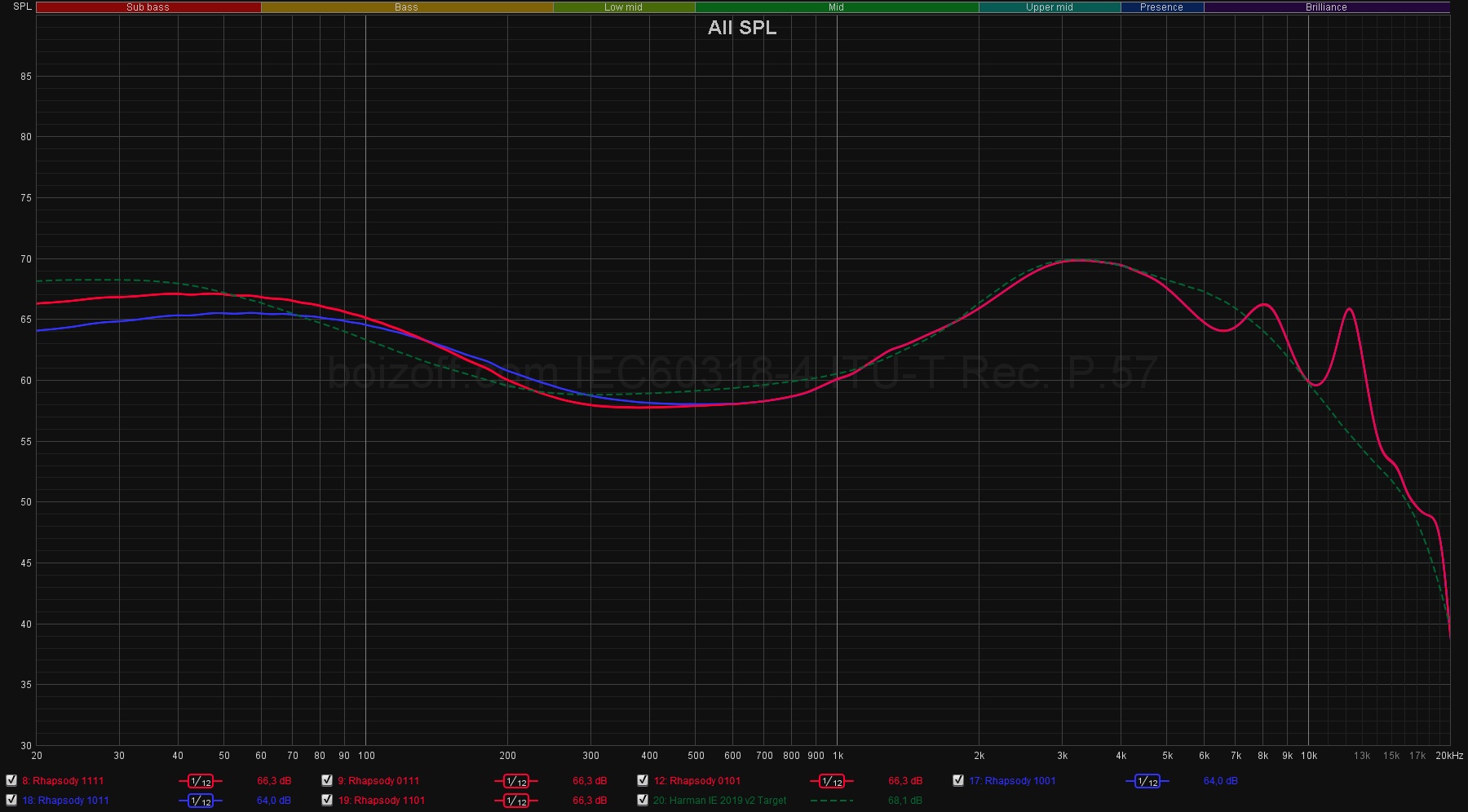
- The red curves (switch combos 1111=0111=0101=1101) kinda follow the Harman curve, though feature a dip in the middle, too much bass in the lower-frequency section and some lack of subbass. The deviation in all fragments equals 2 dB.
- The blue curves: (switch combos 1001=1011) are almost the same, but there’s just the same amount of bass and subbass.
The second group
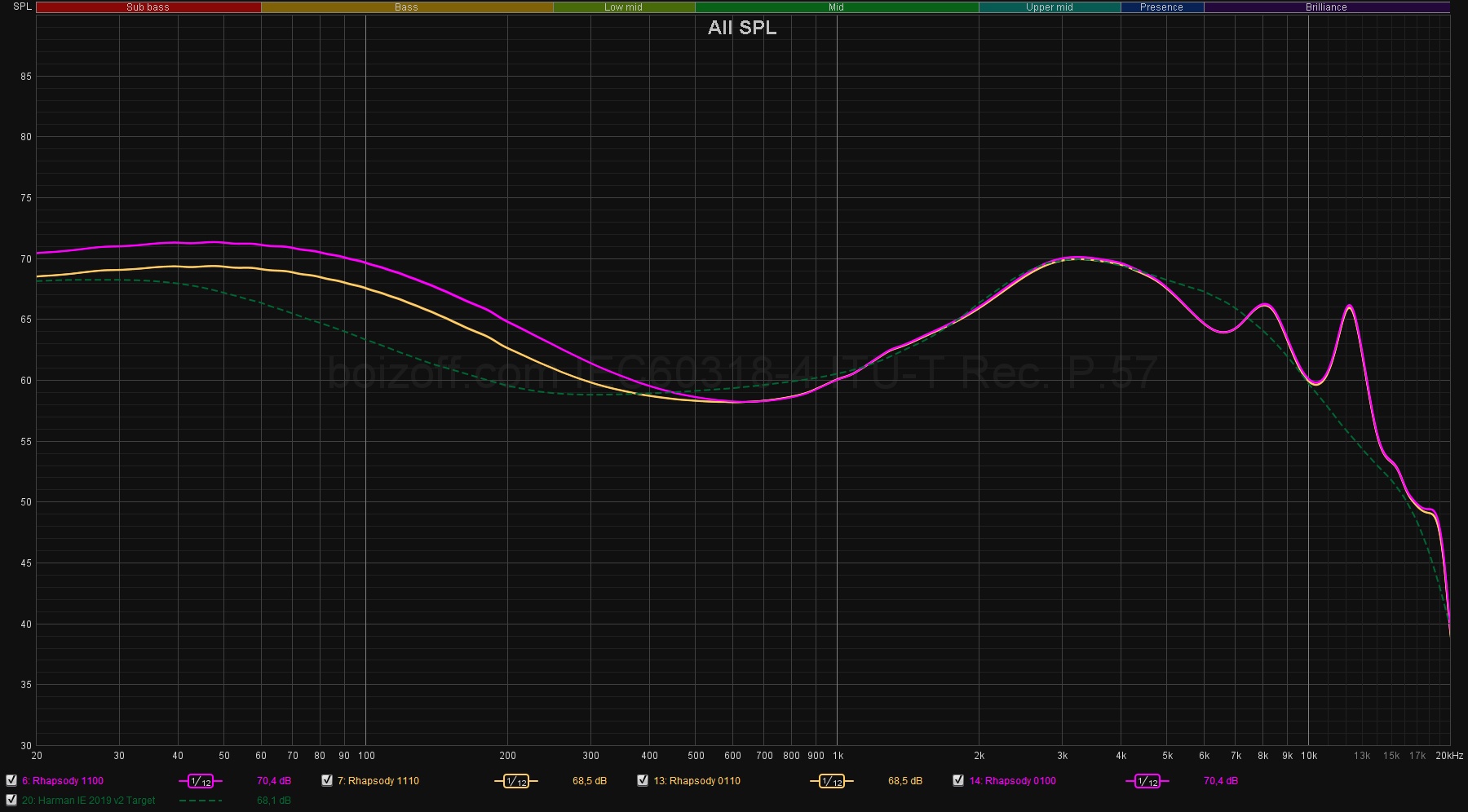
- The purple curves (switch combos 1100=0100): there’s more than 6 dB deviation at 120 hZ, and the bass pretends it’s a mid-frequency native.
- The yellow curves (switch combos 1110=0110) – same story, but with a 4dB overshoot at 120 Hz.
The third group
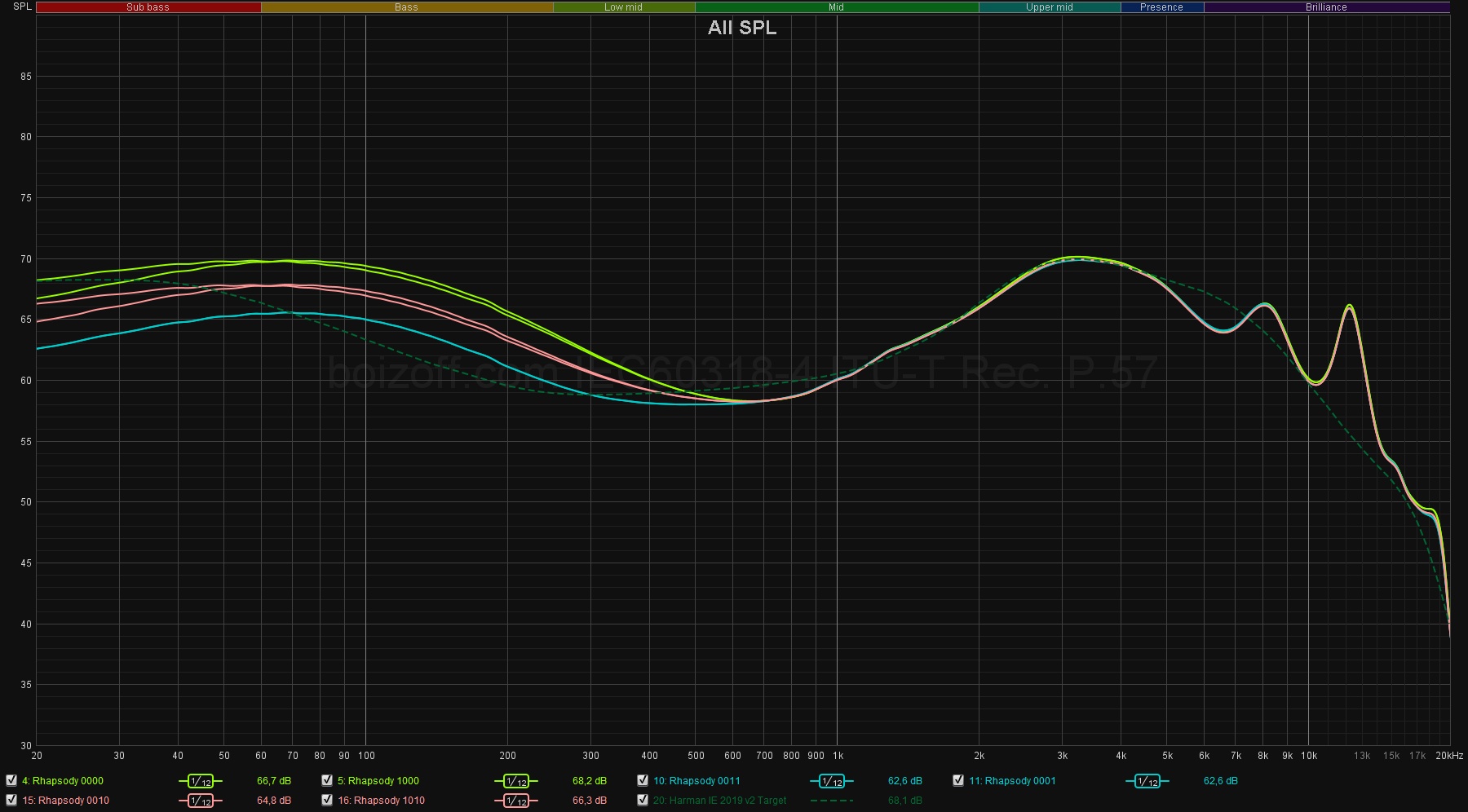
These are the variations of how high the bass can be raised relative to the mid-frequencies and the subbass. For all 6 setups, a deviation of 2-4 dB between the subbass and the bass is here, and in favor of the bass.
As a result, the 16 switch position combinations give 7 different settings, but only 2 of them seem any interesting.
The sound pressure ratio of the left and right channels at different frequencies is very good, especially for such a complex acoustic structure:
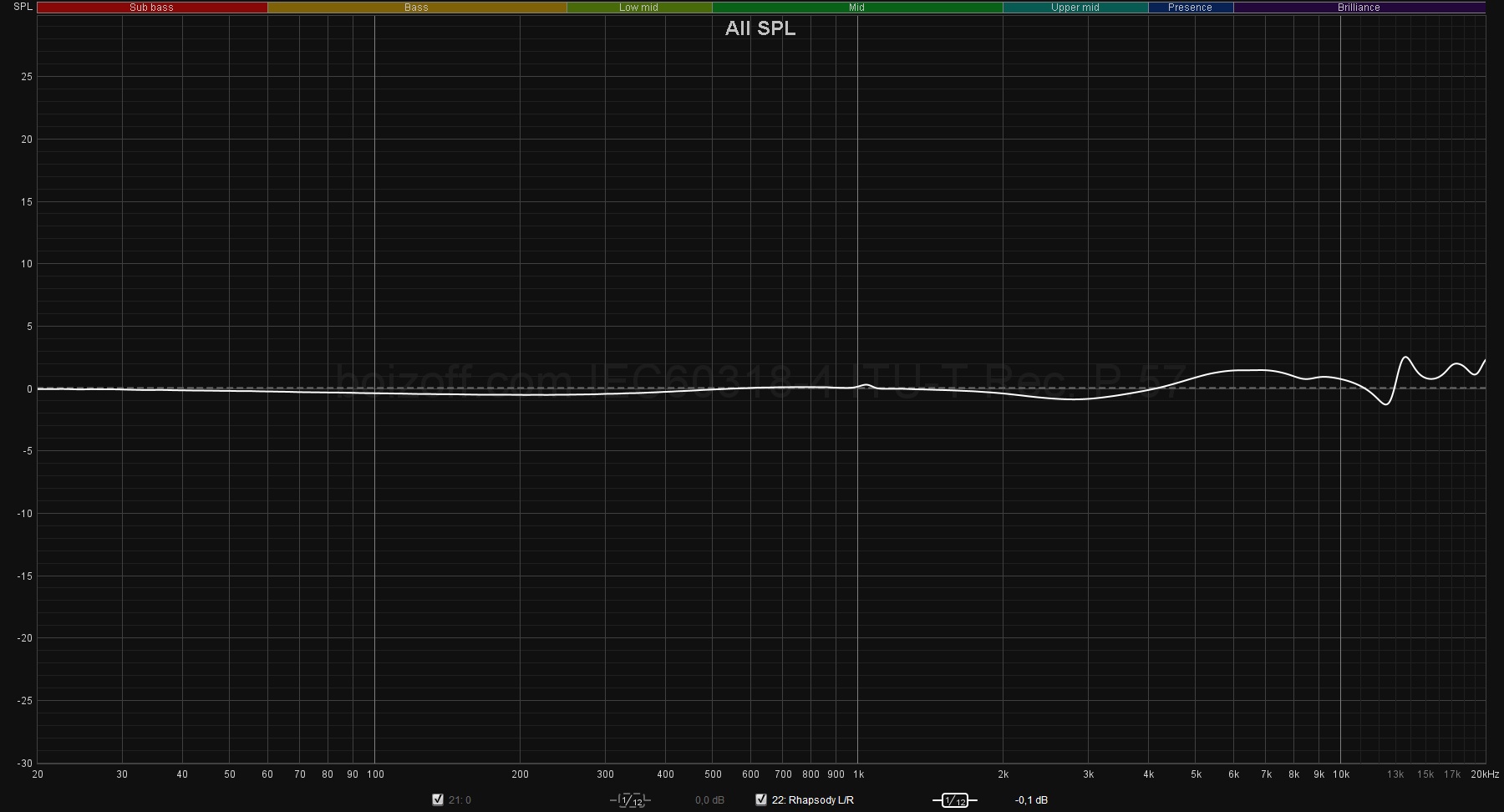
Some non-linear distortions are no more than 0.5%:
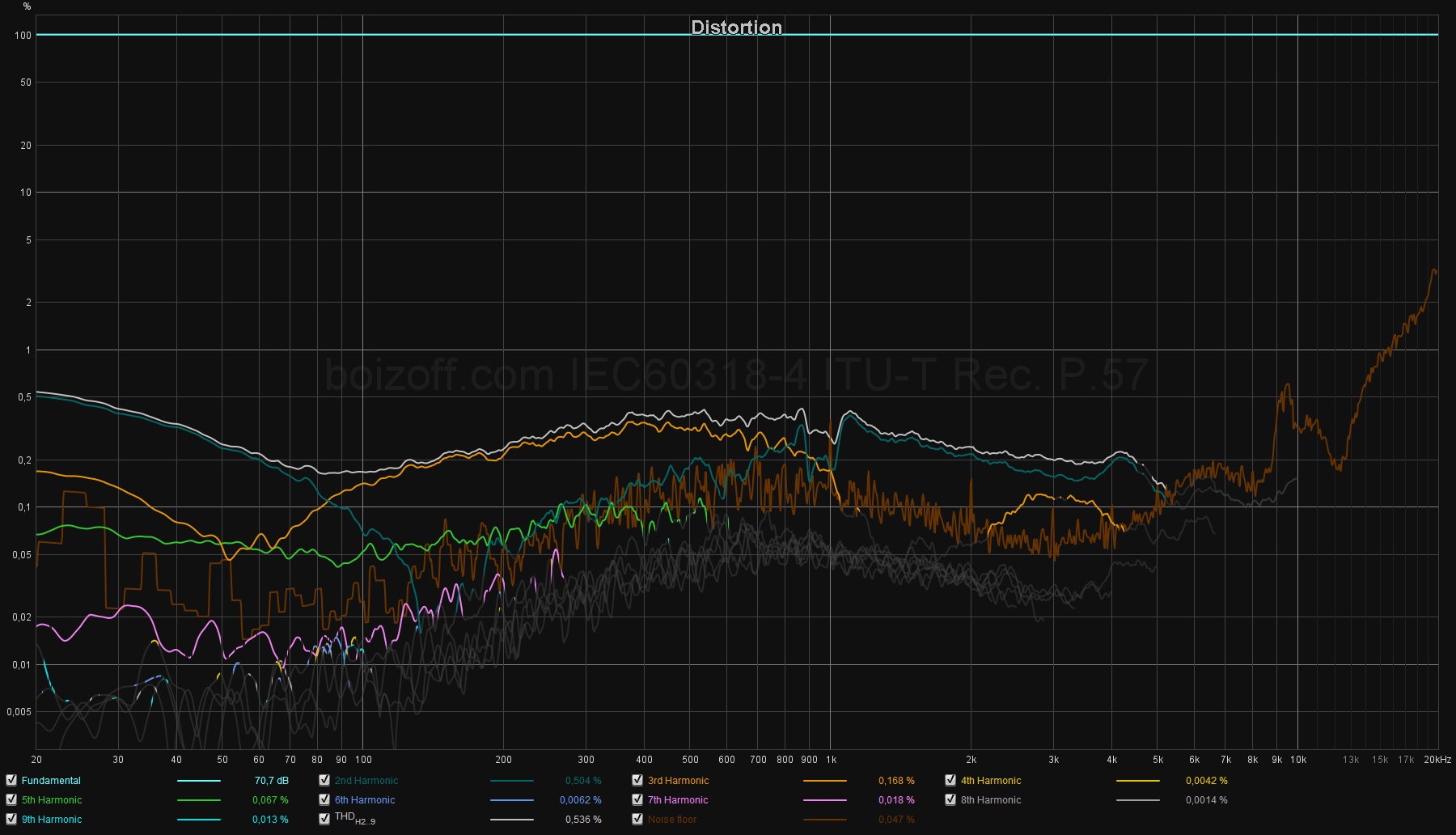
The last pic lets us form more or less of an opinion on how the frequency range reproduced by the headphones is distributed between different drivers.
Subjective sound impression
Disclaimer: I don’t even want to cover the sound delivery under groups 2 and 3. With those setups, the Rhapsody sound just like another poorly tuned bushcraft stuff out of hundreds or thousands of similar products.
The red curves from the first group (switch combos 1111=0111=0101=1101), however, look very interesting, delivering some very decent sounding.
As you can see on the graphs, these are pretty close to the Harman curve, that is, grant you with some cheerful delivery full of thick subbass and sparkling upper-frequencies. Not without minor shortcomings, of course, but still!
The subbass is just enough in terms of its amount in the track, and it’s adequately articulated. It only lacks some sharpness, and here’s why: at 20 Hz, it’s 2 dB below the target level, and at 120 Hz, it’s 2 dB above the target level. This makes the Rhapsody sound somewhat laid-back with a slightly less pronounced punch than we’d love it to be. At the same time, the subbass digs up to the deepest places of the range when needed, and when the track doesn’t need this much subbass, then it’s not overemphasized, which is smart. For example! In the ‘Hole in the Middle’ by Emily Jane White, the subbass is almost what I think it should be.
The bass claims just a little bit of the mid-range territory and is just a wee bit more expressed than it should be. But that’s it – no other claims against the bass. Try the ‘Sirens Call (Shaka Ponk Remix)’ (Cats On Trees, Shaka Ponk): everything in it buzzes and mumbles more than expected, but the overall sound picture turns out to be very decent.
The mid-range is awesome! It’s slightly dipped, but is still fantastic and tuned as if the engineers did it with a ruler or a freaking laser level. Which, let’s be honest, always makes things better: the mid-range sounds exactly as it should sound. It’s not shrilly, not sibilant in any way, and it’s not pushed away from the listener. Just fantastic. If you’re more into female vocals, then it’s a match for you. Try the ‘Pretty Little’ (Head Eliza Rickman) or ‘Hellevator’ (Thundermother) – these can be listened to millions of times, and each time would be orgasmic.
The upper frequencies are full of details, though somewhat rough. Some metallic hues, pushiness, shrillness here and there… Not too pleasant. The ‘Sun Doesn’t Rise’ (Mushroomhead), for example, literally scratches the ear. You know why? Because the area around the 4kHz could be a bit cleaner and this is something that the manufacturers should bite on.
What’s the verdict? The sound delivery manner doesn’t seem to be 100% versatile, though it certainly suits A LOT of different genres (or rather for all the tracks where the high- and ultra-high-frequencies are really carefully used). Otherwise, it’s some excellent – technical and aggressive sound delivery close to the Harman curve and capable of pleasing many from the very first sounds.
In terms of the imaginary space, the Rhapsody have something to boast about, too: the instruments are distributed at a great distance from each other.
Sound source choice
For my listening tests, I’ve connected the Rhapsody to the following devices.
- PC + RME ADI-2 DAC fs (IEM output) – out-of-balance connection
- PC + RME ADI-2 DAC fs (‘High Power’ mode) – out-of-balance connection
- PC + RME ADI-2 DAC fs (+13 dB at the line output) + Topping A90 (High Gain) – out-of-balance/balanced connection
- The Hiby R5 player – out-of-balance/balanced connection
- Samsung Galaxy S23 Ultra + Moondrop DAWN PRO (High gain) – out-of-balance/balanced connection
The sources were switched by a mechanical input switch.
I liked the RME ADI-2 DAC with the IEM output the most: it’s a little more airy and a little more detailed compared to other sound sources. But literally by a tiny fraction.
Eartip choice
The Rhapsody sport some relatively large sound ducts, so I recommend using them with the TRI Clarion. Their diameter matches the Rhapsody sound duct diameter just exactly, and the eartips don’t narrow the sound ducts. The sound seems even clearer, saturated with ‘air’ and ‘space’. And the sound insulation gets better, too.
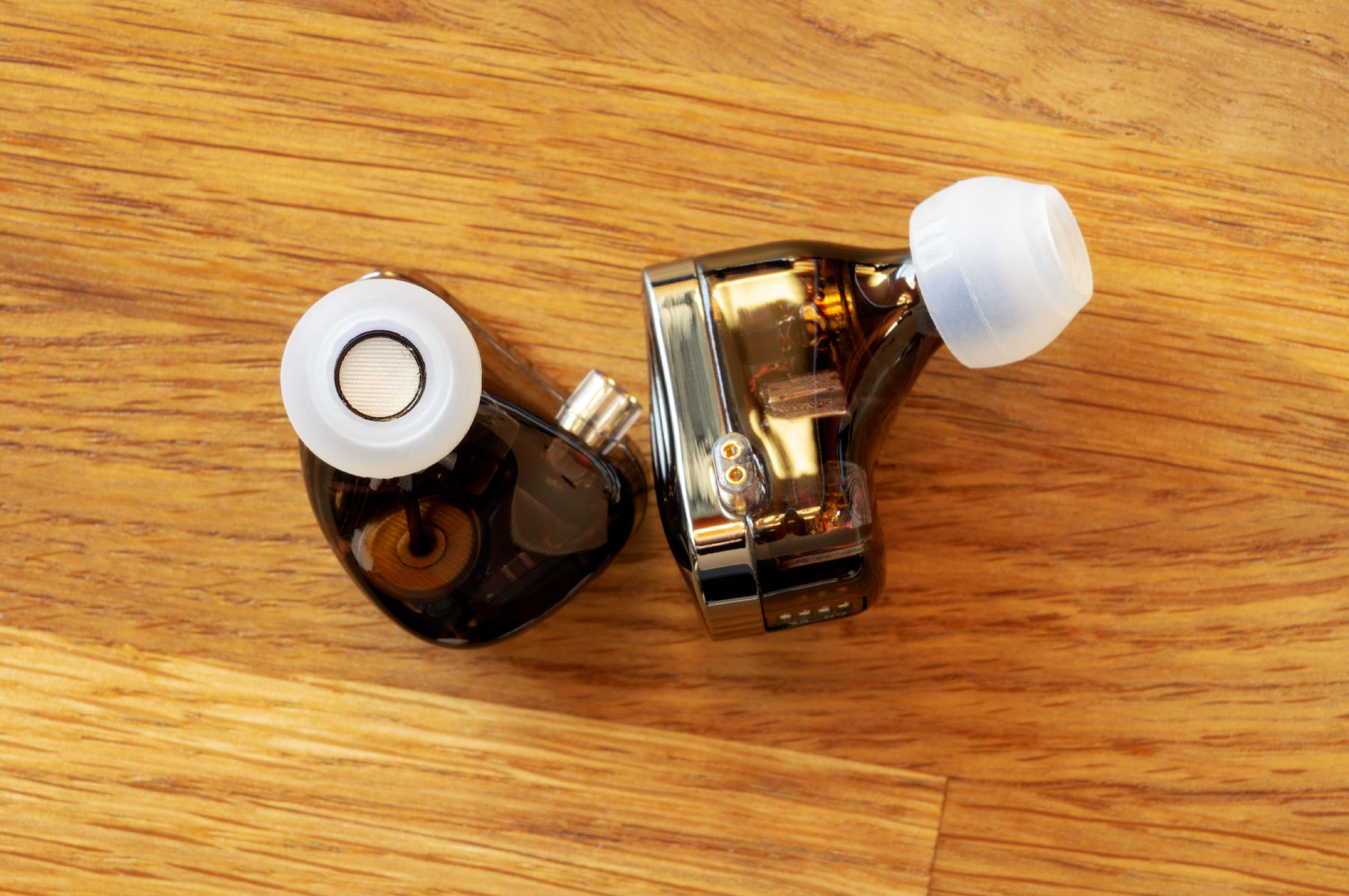
The Whizzer ET100AB and Tangzu Tang Sancai don’t quite fit in terms of their diameter, they’re narrower. The JBL Project Rock are good, but they’re not designed to provide any deep fit (and thus won’t get you any good contact with the auditory canal walls). The same is true for the Whizzer SS20. The SpiralDots – well, you could try those, but they won’t be any better then the TRI Clarion in this case. The hefty 2-flange blue SpinFits don’t hold up any well.
To strike our balance, this is the rare case when I strongly recommend replacing the provided eartips with the TRI Clarion (if they suit you personally).
Comparisons
As of now, I only own one model of headphones that are suitable to be compared with the Rhapsody – at least based on the price they share, and these are the TRUTHEAR x Crinacle ZERO.
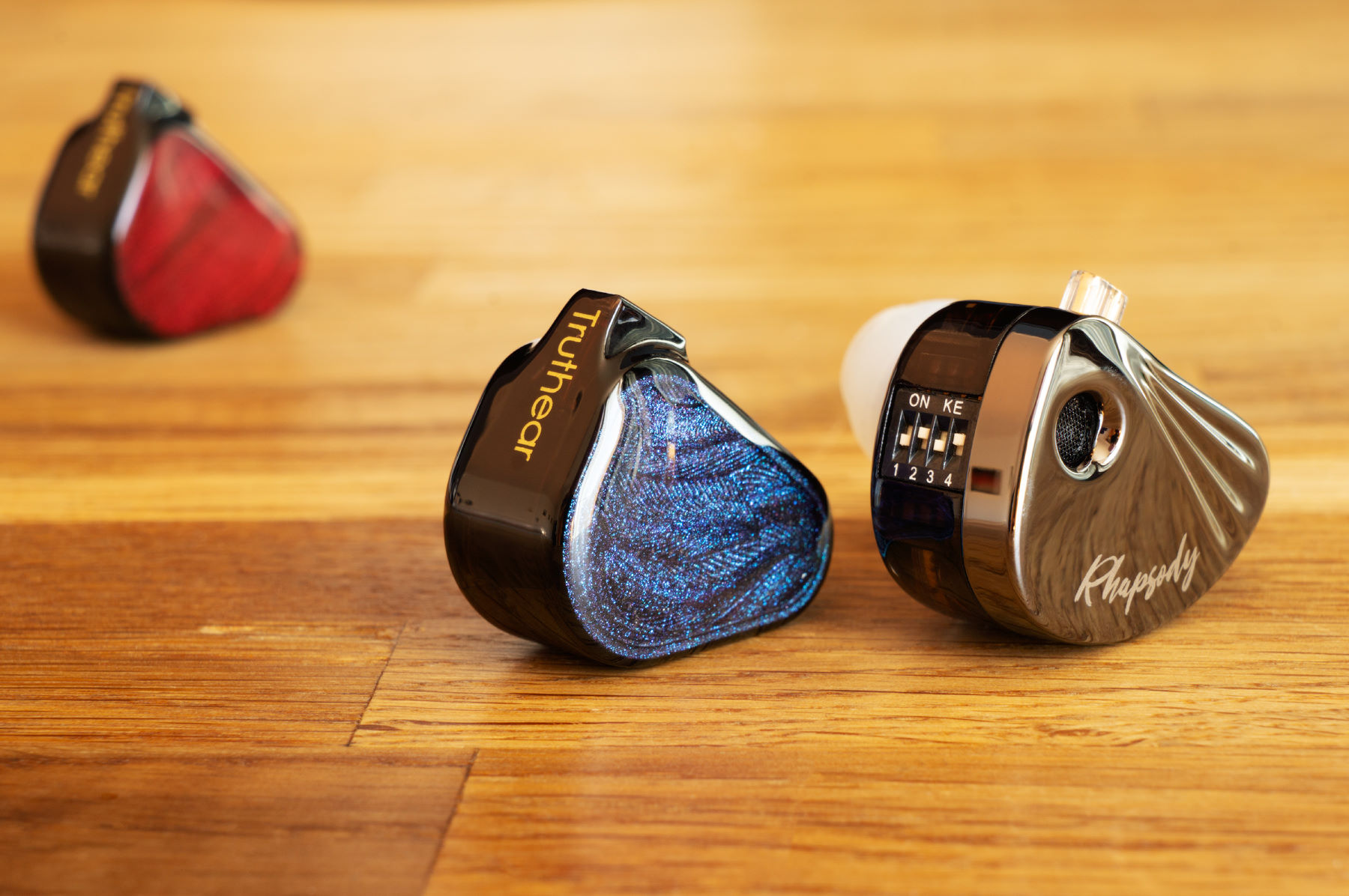
Frequency response comparison:
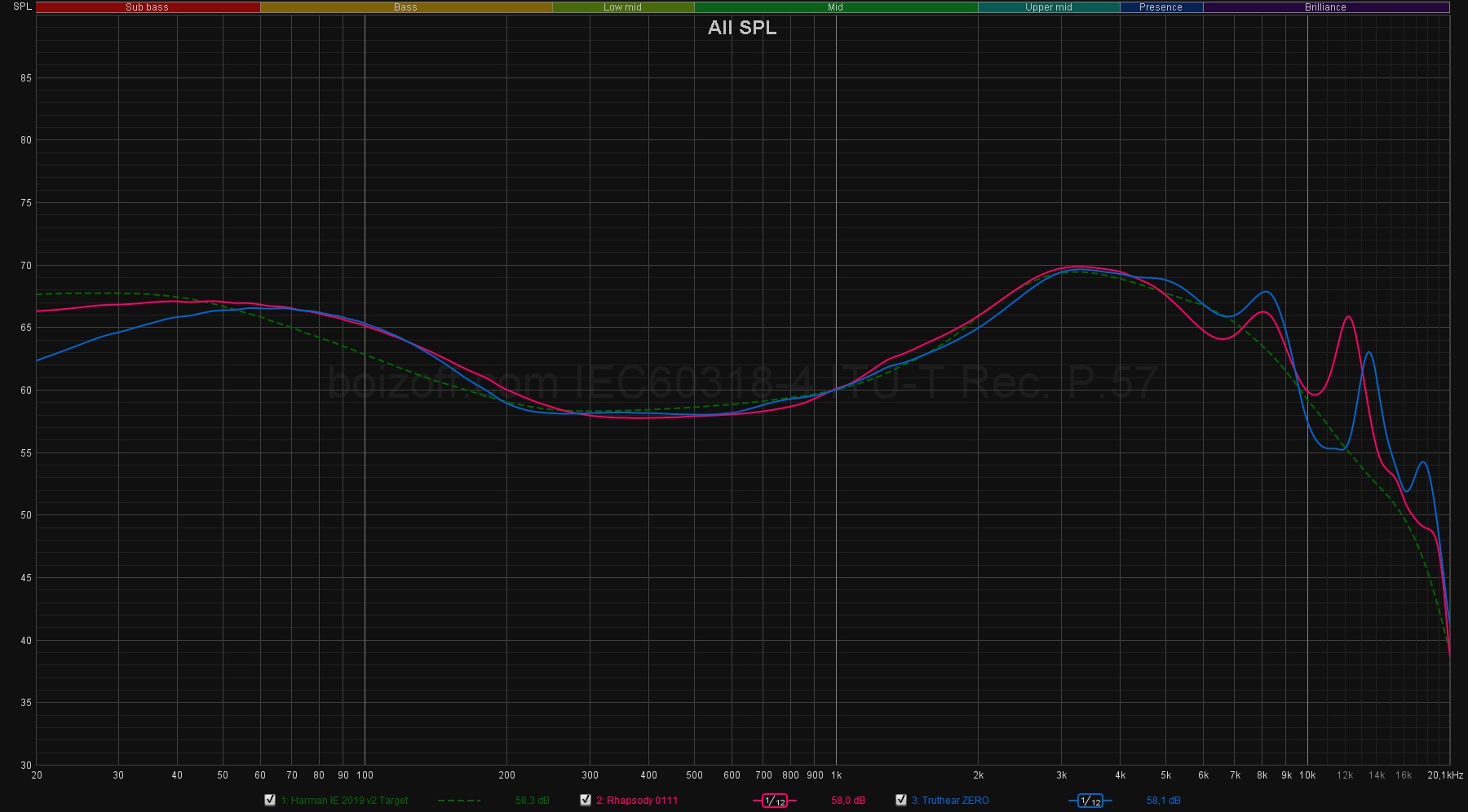
Subjective difference in sounding:
- The Rhapsody’s subbass is fuller.
- The ZERO are better in reproducing the frequencies of 4 kHz and above.
Compared to each other, the Rhapsody’s sound can be roughly described as ‘full-fledged’, ‘hard’, whereas the ZERO are rather restrained, boring.
Summary
So! Let’s sum up the CCA’s creation.
- Great fit
- Decent assembly quality
- Excellent ergonomics
- The ability to actually adjust the sound. However, the adjustment extent is kinda limited and rather biased. You can’t adjust the most significant sections of the frequency range: for example, just the subbass at up to 60Hz, only the upper part of the mid-range around 3 kHz, or the section above 8 kHz. In other words, the equalizer is implemented for sure, but it’s as functional as one would like it to be. Just so you understand it right: I’m not saying that the headphones are bad or anything, it’s just me personally – I like it when there’s a lot more equalization options. However, there’s something to be upset about (objectively, this time): you can’t quickly change the switch positions and, say, add some subbass to your morning pleasure on the go. Therefore, the most probable scenario would be users trying different settings for, like, 3 or 4 days, and then settling on one the most convenient and pleasant for them Rhapsody preset.
- Which, in its turn, would probably be one of the following: 1111, 0111, 0101 or 1101 – these are the setups with some completely identical sounding close to the Harman curve.
And that seems to be the essence of this model: these are the in-ear closed-back headphones – very well assembled and fitting really well, delivering sound based on Harman curve, though with a rather aggressive top section of the range. And allowing to adjust the sounding, but (subjectively) not in a desired way and not in those areas of the frequency range where it would be necessary/interesting.
Are there many models comparable in cost and sound out there? Here’s a list of somewhat similar models: the Truthear NOVA ($154), the SIMGOT EM6L ($110), the TRUTHEAR x Crinacle ZERO ($53). Looks like the list is very short.
So it turns out that you actually can scold the CCA Rhapsody, though why would you do that? Would you be able to put a finger on any other similarly sounding model costing $42? Even with that dubiously, but still implemented sound tuning options.
Therefore, yes, the CCA Rhapsody are excellent headphones given their price. …And given their unbelievable fit, their nice design, their decent (for this money) sounding AND the sound tuning options… Checkmate!
Anyways, if you want to ‘experience the Harman curve’ for a smallish sum or purchase some regular headphones with predictable sounding based on an Internet review, pick the Rhapsody.

